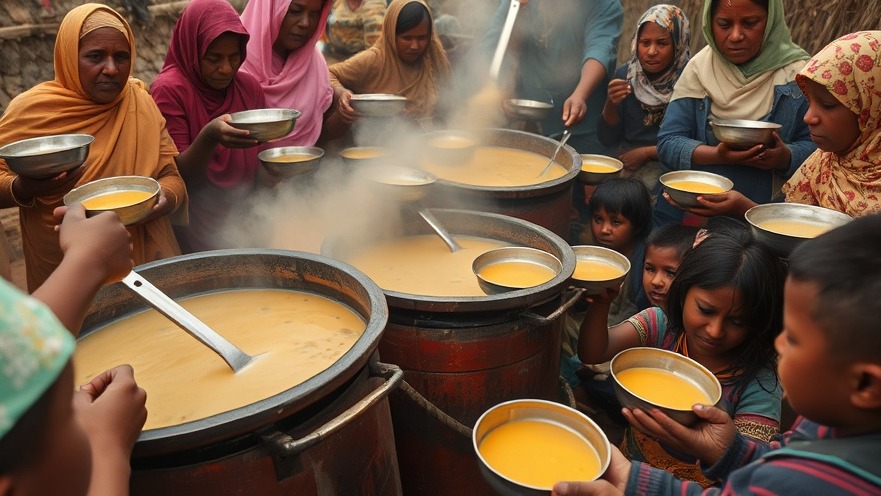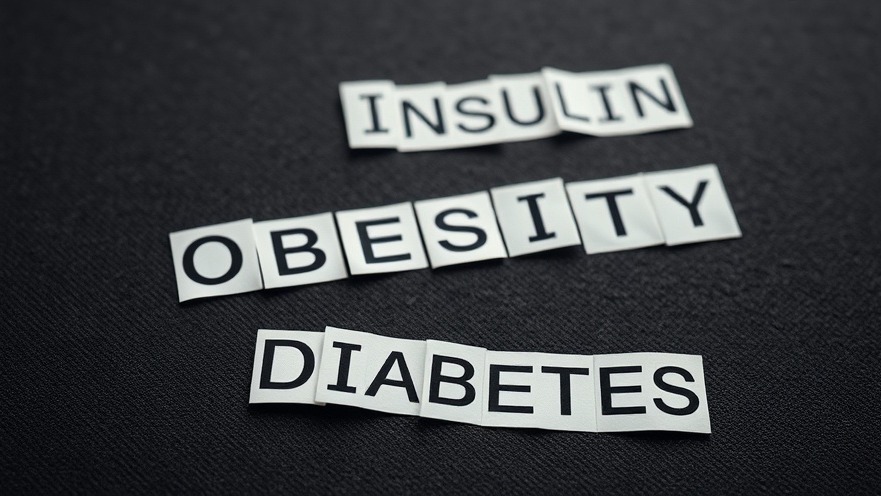
Unpacking the U.S. Foreign Aid Freeze: A Critical Overview
In August 2025, the launch of President Trump’s second term marked an inflection point for U.S. global health initiatives, beginning with a series of executive actions that have reverberated across the health policy landscape. At the heart of these actions was a notable freeze on U.S. foreign aid and a proposed dissolution of the U.S. Agency for International Development (USAID). This timeline not only chronicles these pivotal actions but also highlights their broader implications for global health programs and the communities that rely on them.
The Role of USAID in Global Health
USAID has historically played a vital role in implementing global health programs, aiding countries in their public health efforts, addressing emergency health crises, and improving overall health outcomes. However, the proposed dissolution of this agency raises serious concerns among health professionals and advocates alike. Will these changes undermine decades of health and wellness progress achieved in vulnerable populations? These questions bear particular weight as U.S. health initiatives have had significant impacts on disease prevention, maternal health, and nutrition worldwide.
Implications for Health and Wellness Initiatives
The freeze on foreign aid can directly affect efforts to combat diseases such as HIV/AIDS, malaria, and tuberculosis — areas where U.S. support has been instrumental. As noted by health experts, the disruption in funding could negate advancements made over the years and shift the trajectory of health outcomes in regions heavily reliant on U.S. assistance. Suburban professionals, who are stakeholders in public health through their community involvement and consumer choices, may find these developments particularly concerning.
Future Predictions: What Lies Ahead?
As the implications of these enhanced executive actions unfold, the future of U.S. foreign aid remains uncertain. Experts suggest that if the proposed policies continue, we may witness a shift towards more localized health solutions, albeit at the risk of reduced funding and support for broader health initiatives. An increased focus on domestic health policies might arise, but it raises the specter of neglecting those in dire need internationally.
Counterarguments: A Shift in Priorities?
While many argue that international aid is a critical lifeline for global health, some proponents praise the potential for reallocating funds to address domestic health issues. This debate highlights a dichotomy in the perception of health responsibilities — whether to look outward to global challenges or inward to domestic needs. The ramifications of favoring one over the other could create profound divides in public health policy.
Staying Informed: How Can You Help?
For suburban professionals interested in health and wellness, understanding the impact of these legislative changes is vital. Engaging with public health communities, advocating for equitable health policies, and participating in discussions surrounding global health can amplify efforts to maintain support for international health programs. Individuals can also leverage their platforms and networks to raise awareness about the issue, ensuring that health and wellness remain a priority both at home and abroad.
Conclusion: The Call for Awareness
The actions surrounding international aid could redefine the future of global health. As discussions around health policies evolve, it is imperative for individuals to stay informed and engaged in advocating for comprehensive health solutions. The effectiveness of health and wellness initiatives hinges on public understanding and community support. We encourage you to explore ways to contribute to health advocacy efforts in your community, ensuring a brighter, healthier future for all.
 Add Row
Add Row  Add
Add 




Write A Comment